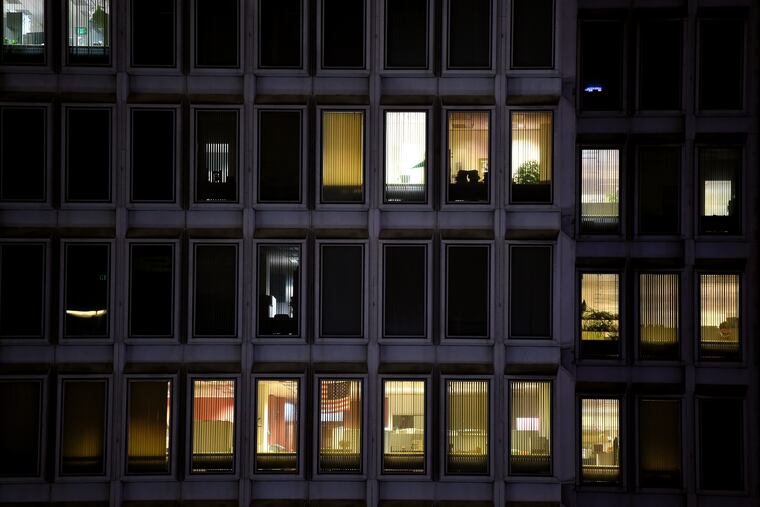Employers balance a tricky equation as they decide when to bring workers back to the office
As coronavirus cases surge across the U.S. again, employers are considering how and when to bring employees back to the office.

As coronavirus cases surge across the U.S. again, employers are considering how and when to bring employees back to the office.
